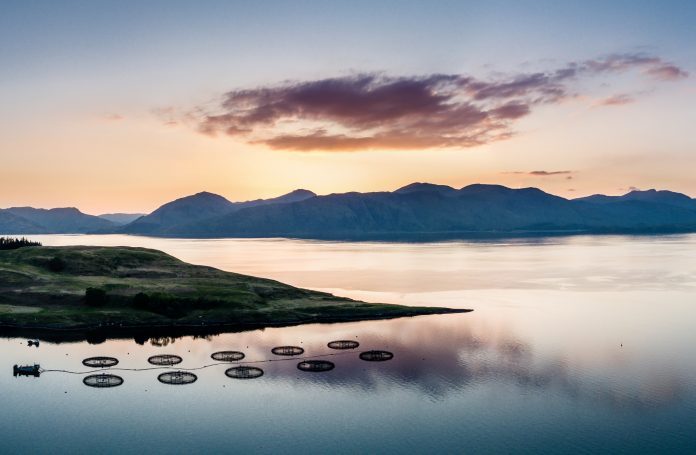A monitoring and early warning system that identifies harmful organisms in the water is being rolled out in Scotland’s salmon farming sector following the loss of 2.8 million fish in September due to a jellyfish bloom.
Latest data from trade association Salmon Scotland show that fish survival rate was just 95.3 percent in September, down by nearly 2.5 percent compared to the past four-year average of 97.7 percent because of the invertebrate infestation.
This represents a loss of 2.8 million fish across the local industry, making September a record month for fish mortalities since the sector began recording such data in January 2018.
The benefits of forewarning
The tool was originally developed for the shellfish farming industry, but Scottish researchers are adapting it for salmon and trout farmers so they could avoid destructive impacts of climate-change-induced events.

According to the Marine Conservation Society, there was an increase in the abundance of jellyfish around the UK and Ireland, including the kinds that one would normally find in warmer waters.
If forewarned, farmers can draw the fish deeper down and away from the water’s surface where many harmful organisms can thrive; they can boost oxygen levels in the pens; and/or transfer their fish elsewhere, or even alter their harvest schedule, if appropriate.
The early-warning system will have a standardised method for collecting water samples. Farmers will be able to share and compare their results with those of other users.
£3-million investment
“Whether on land or sea, raising animals outdoors inevitably comes with risks as the climate continues to change and evolve, but that makes environment-induced events such as micro jellyfish no less devastating to the farmers caring for those animals day in, day out,” said Tavish Scott, chief executive of Salmon Scotland.

“It’s why we’re so committed to increasing our understanding of new and emerging threats in order to better safeguard the health and welfare of our salmon.”
Researchers at the Scottish Association for Marine Science, Marine Scotland Science and Scotland’s Rural College are involved in the project commissioned by the Scottish Farmed Fish Health Framework, which has cost £3 million ($3.4 million) so far.

